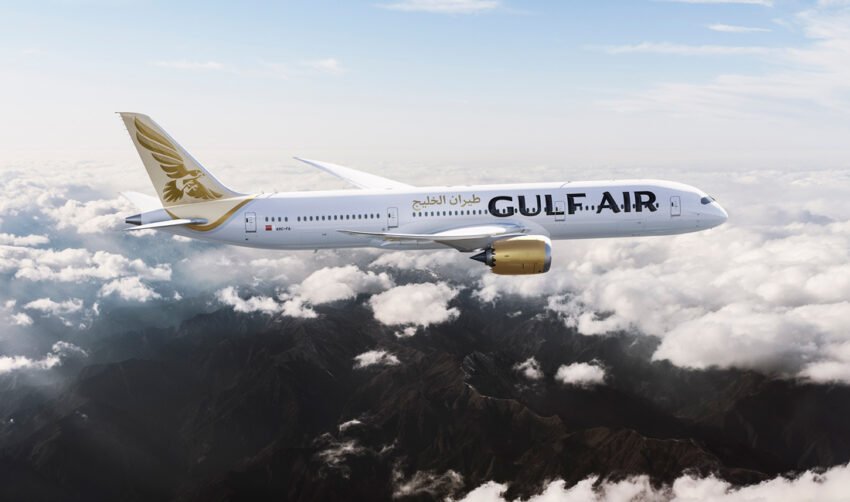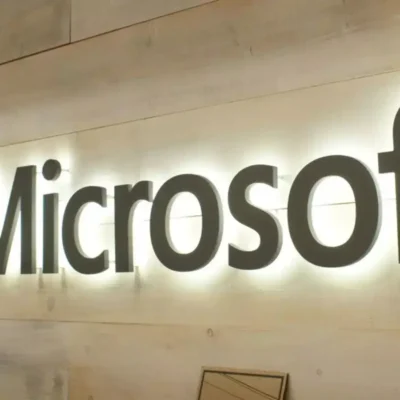In a strategic move that could reshape Middle Eastern aviation, Boeing has reached an agreement to sell up to 18 Dreamliner jets to Gulf Air. This landmark deal is set to boost the Bahrain-based airline’s international presence and fleet modernization efforts, as well as reinforce Boeing’s role in the region’s aviation development.
The Boeing Dreamliner Gulf Air deal is more than just a purchase—it’s a sign of future ambition, renewed confidence in global travel, and a strengthening of the long-standing partnership between two major players in the aerospace and aviation industry.
Deal Overview: Boeing and Gulf Air’s Strategic Partnership
The agreement includes a firm order of 10 Boeing 787 Dreamliner jets, with options for an additional 8 aircraft, allowing flexibility and scalability based on Gulf Air’s future route and demand strategy.
Key Deal Highlights:
- Aircraft Type: Boeing 787 Dreamliner
- Firm Order: 10 jets
- Additional Options: 8 jets
- Total Potential Order Value: Estimated at $6 billion
- Delivery Timeline: Scheduled from 2026 onward
This deal was announced during the Farnborough International Airshow, where both companies emphasized their shared commitment to innovation, efficiency, and sustainability in aviation.
Why the Boeing Dreamliner?
The Boeing 787 Dreamliner is one of the most advanced and fuel-efficient widebody aircraft available today. For Gulf Air, the choice to expand its fleet with Dreamliners is rooted in several critical advantages:
1. Fuel Efficiency and Sustainability
- The Dreamliner uses 20-25% less fuel compared to older widebody aircraft.
- Reduced carbon emissions and improved environmental performance.
- Ideal for Gulf Air’s goals to meet IATA’s net-zero emissions targets by 2050.
2. Passenger Comfort
- Quieter cabins, larger windows, and improved air quality.
- Long-haul travelers enjoy reduced jet lag and higher cabin humidity.
- Gulf Air aims to offer a premium flying experience on its international routes.
3. Operational Flexibility
- The Dreamliner’s range allows non-stop flights from Bahrain to major global hubs.
- A versatile aircraft for both regional and intercontinental routes.
- Allows Gulf Air to launch new routes and increase frequency on existing ones.
Gulf Air’s Growth Strategy: Beyond Regional Boundaries
This move is part of Gulf Air’s Vision 2030, a long-term strategy focused on digital transformation, fleet modernization, and global network expansion. While traditionally considered a regional carrier, Gulf Air now aims to compete directly with larger Gulf rivals like Emirates, Qatar Airways, and Etihad.
Gulf Air’s Goals with the Dreamliner Deal:
- Expand to New Markets: Europe, Asia, and North America.
- Boost Tourism & Trade: Especially between Bahrain and global destinations.
- Enhance Brand Image: Positioning as a modern, premium carrier.
The airline is also looking to increase its codeshare agreements and strategic alliances, which will become more effective with a long-range, fuel-efficient fleet.
Impact on Bahrain’s Economy and Aviation Sector
The Boeing Dreamliner Gulf Air deal is expected to generate ripple effects throughout Bahrain’s economy:
1. Aviation Infrastructure Growth
- Manama’s Bahrain International Airport will likely see increased investment.
- Plans to handle higher volumes of international traffic and larger aircraft.
2. Job Creation and Training
- New roles in flight operations, maintenance, and customer service.
- Boeing has committed to supporting local training programs to build aviation talent in Bahrain.
3. Tourism and Trade
- Improved connectivity is expected to attract more tourists.
- Enhanced cargo capabilities may support Bahrain’s logistics and trade initiatives.
This move aligns with Bahrain’s broader economic goals of diversifying away from oil and investing in high-value service sectors like aviation and tourism.
Boeing’s Comeback: A Strategic Win
After years of challenges related to the 737 MAX crisis, supply chain issues, and shifting market dynamics, this deal marks a significant win for Boeing in the Middle East—a region dominated by Airbus in recent years.
What It Means for Boeing:
- Strengthens its footprint in the Gulf.
- Rebuilds trust in its widebody aircraft lineup.
- Potential for more Middle Eastern carriers to follow Gulf Air’s example.
Boeing’s Regional Commitment:
Boeing continues to invest in MRO (maintenance, repair, and overhaul) facilities, parts distribution, and technical training in the Middle East, reinforcing its long-term commitment to the region’s aviation ecosystem.
How Does This Compare to Regional Competitors?
Gulf Air’s move stands out because the airline is not state-funded at the same scale as competitors like Emirates or Qatar Airways. Yet, by investing in next-generation aircraft like the Dreamliner, it is signaling that smart scaling and niche positioning may be a better long-term strategy than aggressive overexpansion.
| Airline | Fleet Modernization | Dreamliner Orders | Long-Haul Strategy |
|---|---|---|---|
| Gulf Air | Ongoing | Up to 18 | Premium & Selective |
| Emirates | Advanced | 35+ | Hub-and-Spoke |
| Qatar Airways | Advanced | 30+ | Global Reach |
| Etihad Airways | Streamlined | 39 | Sustainability-Focused |
Gulf Air is differentiating itself with service quality, personalized travel experiences, and efficient operations, supported by a lean but modern fleet.
Environmental Commitments and Future-Ready Fleet
Gulf Air’s choice to invest in the Dreamliner is also a nod to future aviation sustainability goals. As international regulations tighten, airlines will be forced to cut emissions or face penalties.
Boeing 787 Environmental Features:
- Composite fuselage and wing materials.
- Advanced aerodynamics.
- Efficient engines (Rolls-Royce Trent 1000 or GE Genx).
Gulf Air is preparing its operations not only for future passenger preferences but also for regulatory realities in the aviation sector.
Passenger Experience: What Flyers Can Expect

Passengers flying on Gulf Air’s Dreamliners will enjoy a noticeable upgrade:
- Fully lie-flat business class seats
- High-definition inflight entertainment systems
- Enhanced Wi-Fi and cabin connectivity
- Custom cabin lighting and spacious interiors
This aligns with Gulf Air’s ambition to become a preferred airline for both business and leisure travelers, especially on routes to London, Paris, Bangkok, and New York.
Final Thoughts: A Strategic Leap Toward Global Competitiveness
The Boeing Dreamliner Gulf Air deal is more than a fleet upgrade—it’s a strategic leap forward. For Gulf Air, it symbolizes a transition from a regional carrier to a modern global airline, capable of competing on both service and scale.
For Boeing, it’s a vote of confidence in its aircraft and a chance to expand its presence in a high-growth region. And for Bahrain, it’s an economic opportunity that could strengthen tourism, trade, and jobs for years to come.
As deliveries begin in the coming years, this partnership will be closely watched by aviation analysts, competitors, and consumers. One thing is clear: the skies are opening up for Gulf Air, and the Dreamliner is taking it there.
Read Next – Volvo Car Net Loss Deepens Due to Restructuring, Impairments






